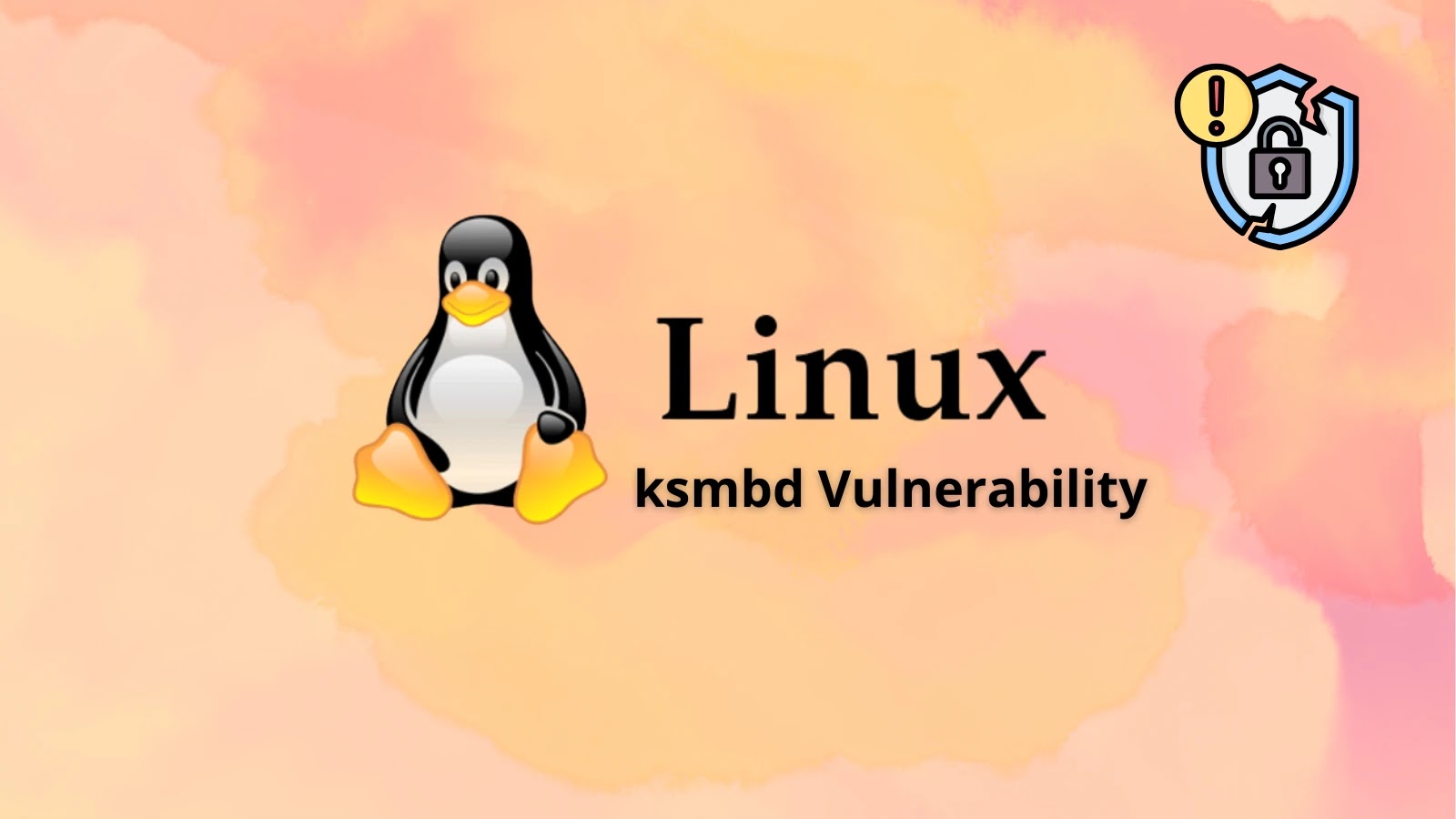
Linux Kernel ksmbd Vulnerability Allows Remote Attackers to Execute Arbitrary Code
In the intricate landscape of Linux kernel security, a new and concerning vulnerability has emerged, casting a shadow over systems leveraging the ksmbd server implementation. This critical flaw, allowing for remote code execution, demands immediate attention from system administrators and cybersecurity professionals alike. Understanding its implications and implementing timely remediation are paramount to safeguarding sensitive data and maintaining operational integrity.
Understanding the ksmbd Vulnerability: CVE-2025-38561
A severe vulnerability, identified as CVE-2025-38561, has been publicly disclosed within the Linux kernel’s ksmbd component. This flaw poses a significant security risk, rated with a CVSS score of 8.5, indicating a high severity. The ksmbd server is the in-kernel implementation of the Server Message Block (SMB) protocol, primarily used for file and printer sharing across networks, especially between Linux and Windows systems.
The core of this vulnerability lies in its potential to enable authenticated remote attackers to execute arbitrary code on affected Linux systems. This means an attacker, with legitimate access credentials to an SMB share, could exploit this flaw to gain deeper control over the compromised server. Such an exploit could lead to data exfiltration, system manipulation, or further penetration into the network.
The Impact of Remote Code Execution (RCE)
Remote Code Execution (RCE) vulnerabilities are among the most critical types of security flaws. When successfully exploited, an RCE allows an attacker to run their own malicious code on a target system. In the context of this ksmbd vulnerability, the implications are profound:
- Data Breach: Attackers could access, steal, modify, or delete sensitive files stored on the affected system.
- System Compromise: Full control over the server, including installing malware, creating backdoors, or altering system configurations.
- Lateral Movement: A compromised server can serve as a launchpad for further attacks into other systems within the network.
- Denial of Service: Attackers could render the system inoperable, disrupting critical services and business operations.
Given that ksmbd is part of the Linux kernel, a successful exploit could grant an attacker kernel-level privileges, bypassing many standard security defenses and making detection and remediation significantly more challenging.
Identifying Affected Systems
Systems are vulnerable if they are running a Linux kernel with the ksmbd module enabled and exposed. While not all Linux distributions utilize ksmbd by default over other SMB implementations like Samba, it has been gaining traction due to its kernel-level performance benefits. Administrators should:
- Inspect their kernel configuration to determine if
ksmbdis compiled in or loaded as a module. - Check active network services to see if SMB shares are being served via
ksmbd. - Review system logs for any unusual activity related to SMB connections, especially failed authentication attempts followed by unusual system behavior.
Remediation Actions
Addressing CVE-2025-38561 requires a multi-pronged approach to ensure system security:
- Patching and Updates: The most critical step is to apply the latest kernel updates provided by your Linux distribution vendor. These updates will contain the necessary patches to mitigate the vulnerability. Prioritize systems running
ksmbd. - Disable ksmbd (If Not Essential): If your system does not explicitly require
ksmbdfor SMB file sharing, consider disabling or uninstalling the component. Use alternative, well-audited SMB servers like Samba if file sharing is necessary. - Network Segmentation and Firewalls: Restrict network access to SMB ports (typically 445/TCP) only to trusted internal networks or specific IP addresses that genuinely require access.
- Strong Authentication: Ensure strong, unique passwords or multi-factor authentication (MFA) are enforced for all SMB users. While this vulnerability is post-authentication, robust authentication practices reduce the risk of initial unauthorized access.
- Intrusion Detection/Prevention Systems (IDPS): Deploy and configure IDPS to monitor for suspicious network traffic patterns indicative of SMB exploits.
- Regular Security Audits: Conduct frequent security audits and vulnerability scans to identify and address potential weaknesses before they can be exploited.
Tools for Detection and Mitigation
Integrating various tools into your security posture can aid in detecting and mitigating vulnerabilities like CVE-2025-38561. Here are some categories and examples:
| Tool Name | Purpose | Link |
|---|---|---|
| Nmap | Network scanning to identify open SMB ports and services. | https://nmap.org/ |
| OpenVAS/Greenbone Community Edition | Vulnerability scanning to detect known CVEs on running systems. | https://www.greenbone.net/en/community-edition/ |
| Snort/Suricata | Network intrusion detection/prevention systems (NIDS/NIPS) to monitor for exploit attempts. | https://www.snort.org/ / https://suricata-ids.org/ |
| Linux Kernel Updates | Distro-specific update mechanisms (e.g., apt upgrade, yum update) for applying patches. |
(Distribution specific) |
| Security Information and Event Management (SIEM) | Centralized logging and analysis platforms to detect anomalous activity. | (Various commercial and open-source options) |
Conclusion
The disclosure of CVE-2025-38561 in the Linux kernel’s ksmbd server underscores the persistent need for vigilance in cybersecurity. An authenticated remote code execution vulnerability with a high CVSS score demands immediate and proactive measures. System administrators must prioritize patching, understand their exposure, and implement robust security practices to safeguard their Linux infrastructure against this significant threat. Staying informed and acting swiftly remains the most effective defense.





